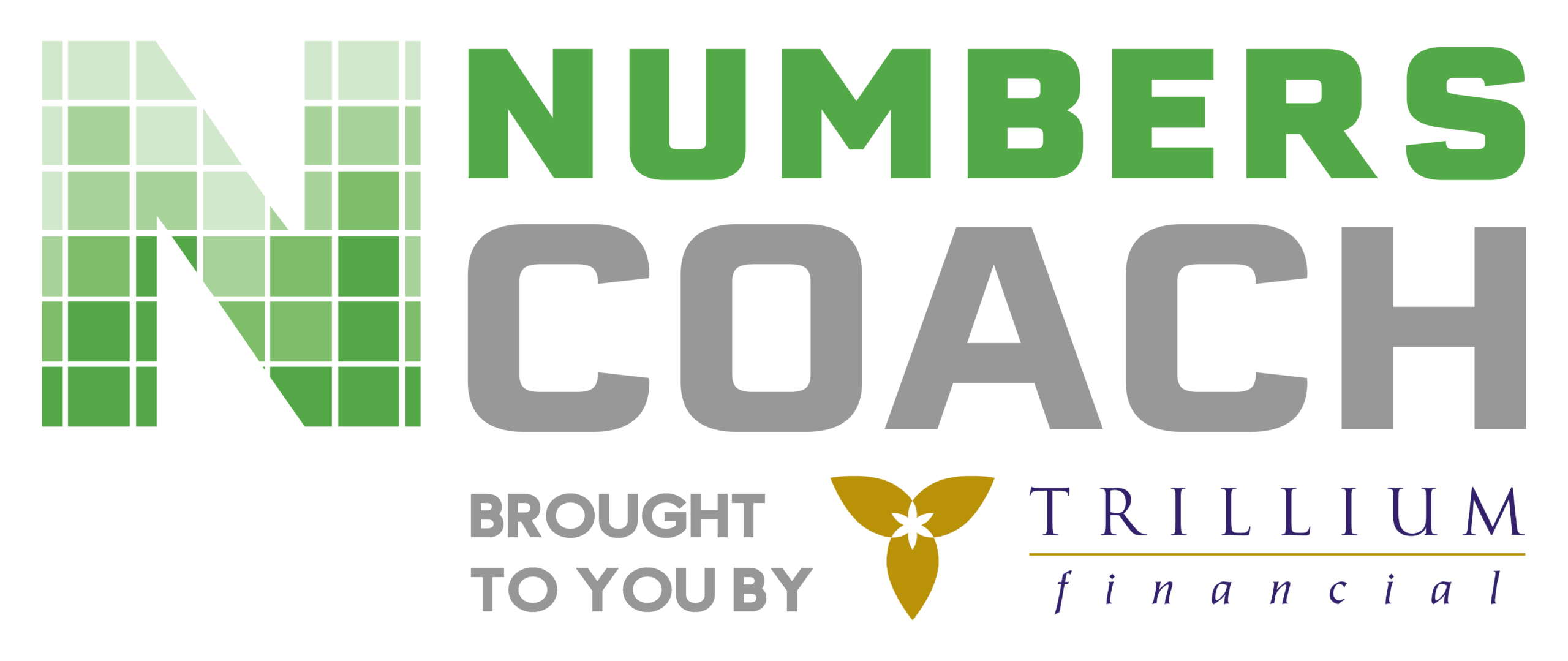Everyone has them, but boy can they be painful. No, I’m not talking about your annual physical (a worthwhile use of time!). I’m talking about meetings.
According to Harvard Business Review, the average executive spends 23 hours per week in meetings. 23 HOURS A WEEK! That is just nuts. It’s not that meetings are a complete waste of time; ideas are conceived and problems are solved in meetings. But most meetings are not run efficiently. They waste a substantial amount of time. And we all know time is finite, and time is money.
Short, productive meetings aren’t a pipe dream. Here are a few basic steps to making the most of every minute:
- Each meeting should have a clear objective. The meeting leader must state the objective at the beginning of the meeting.
- The only people who should be at a meeting are the ones who are needed there. You don’t need anyone to “observe” as a “stakeholder.” Each person present should be integral to reaching the goal of the meeting.
- Require an agenda – even if it’s rough – in advance of the meeting. Familiarize yourself with material that is pertinent to the meeting and ask others to do the same.
- Begin the meeting by discussing the most important issue. If nothing else is accomplished, this will be it. List each item in order, and include the time allotted for each. Post the agenda somewhere for all to see during the meeting.
- Start on time and wait for no one. Latecomers will get the picture, and everyone else will be appreciative. People will show up (on time) to your meetings in the future, because they know exactly what to expect.
- Ban technology. No, you aren’t the parent, but it’s your meeting. Multi-tasking doesn’t work. Most people won’t like it, but you can bet they won’t be distracted.
- Stay focused and on track. Chasing squirrels, as a friend of mine likes to say, is a big time-waster. Do not allow people to veer off on other topics, no matter how important they are, or how “quickly” they can be covered.
- Be sure that all attendees understand the plan and know exactly what action they need to take post-meeting.
- End on time. This is crucial. People will show up to future meetings because they know precisely when it begins and ends. The ideal meeting length is 30 minutes, but no meeting should surpass 60 minutes. After that, you lose people. If they don’t find a physical way out then they are planning what to have for dinner. A meeting lasting longer than 60 minutes must have breaks, typically 10 to 15 minutes.
- Ensure that a follow-up email is sent within 24 hours. Include all important decisions that were made. Reiterate the tasks assigned to each person. Even when all objectives are met in record time, the whole thing is pointless if there’s no follow-through.
The next three suggestions are unconventional ideas (inspired during an unproductive meeting, perhaps?) from Scoro. Different is good; it wakes people up and adds energy to the room.
- Meet outside the office—a picnic bench, park, coffee shop, wherever. A change of scenery wakes people up and seems to improve moods.
- Have a stand up meeting. Seriously. Watch the extraneous talking come to an abrupt halt, and the ideas flow.
- Be creative. Food manufacturer Plum Organics has a creative/brainstorming meeting during which they color in coloring books. According to the company’s innovation director, Jen Brush, “It’s proven that coloring during a meeting helps promote active listening, and is more beneficial than multitasking on something like email.”
It’s time to wrap up this post — any more will be a waste of time.
Good luck with your next meeting!
